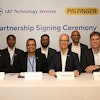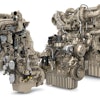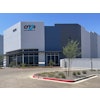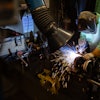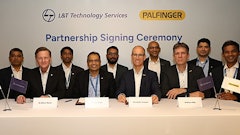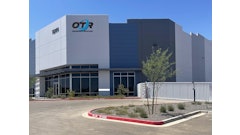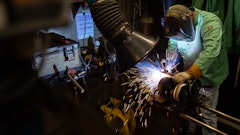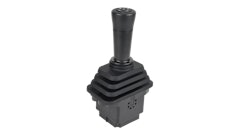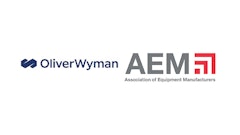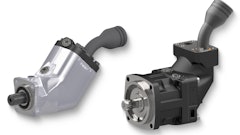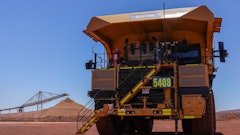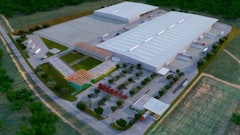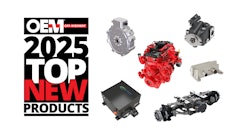When TAGS Systems decided to enlarge the cab on its all-terrain vehicles, it used the opportunity to switch from painted metal to thermoformed plastic and reduce the cost and weight of the cab's components.
The Wolverine is a tracked amphibious vehicle designed for challenging industrial and military environments. A fully enclosed cab protects the operator and sensitive equipment from weather extremes.
TAGS (Tactical Amphibious Ground Support) is a business unit of sheet-metal fabricator Dumur Industries in White City, Saskatchewan, Canada. Models of the Wolverine offer a load capacity of up to 2,400 lbs., a Kubota diesel engine, and proprietary DVS drive technology.
Besides weight savings, the pre-colored plastic eliminated the need for painting and the associated emissions of VOCs (volatile organic compounds), reducing both manufacturing and maintenance costs.
The conversion from metal was initially targeted for a conventionally configured sheet of ABS (acrylonitrile butadiene styrene) laminated with a cap layer of ASA (acrylonitrile styrene acrylate) for protection against weathering.
The material used in the new cab is Sequel E3000 engineered polyolefin, a thermoforming grade produced by LyondellBasell Advanced Polyolefins USA Inc. Sheet stock for the cab is extruded in color by Orion Plastics, Inc., in Edmonton, Alberta, Canada.
Sequel E3000 polyolefin addressed the requirements Dumur's engineers had: a low coefficient of linear thermal expansion (CLTE) for dimensional stability, impact resistance, low-temperature ductility, colorability, and integral UV resistance.
"Some of the first vehicles produced with the ABS/ASA cabs were sent to work in the oil fields of northern Alberta," says Paul Omilon, vice president for business development, Dumur. "In operations at extremely low temperatures, cracks developed and propagated from the points where the plastic components attached to the cab's metal framework." Orion recommended that the parts be formed from Sequel E3000 engineered polyolefin."
The shrinkage performance of the Sequel compound is similar to ABS, but the engineered polyolefin offers better dimensional stability, as well as better resistance to impact and cracking at low temperatures. It is also weatherable, eliminating the need for the ASA cap layer required by ABS sheet for UV protection. Sequel E3000 engineered polyolefin exhibits ductility at temperatures as low as -30 C. The material can be processed in color or the parts can be painted using conventional methods.
Durable, attractive appearance
"Dumur Industries is the first OEM we know about to produce a hard-core industrial exterior in an engineered polyolefin," says Greg Makar, sales manager, Orion Plastics. "New vehicles with the improved cabs are at work in the field now, and there have been no issues with cracking."
The complete cab consists of seven separate components with a total weight of approximately 180 lbs. The parts are formed with a "light haircell" grain, which minimizes the appearance of surface scuffing. The color and UV resistance permeate the sheet, so any visible edges and exposed reverse surfaces have the same look and durability as the exterior.
Temperature control is key
Forming of the components is done by Acrylon Plastics in Winkler, Manitoba, Canada. "We were familiar with the requirements for forming an engineered polyolefin," says Ron Funk, operations manager, Acrylon. "It's more like forming polyethylene than ABS, because it is critical to eliminate temperature variations during the process."
Designed for low-volume production, the tooling had been done in wood. Acrylon was able to complete some unfinished tools, taking the opportunity to consolidate parts and to reduce the final component count from ten to seven.
